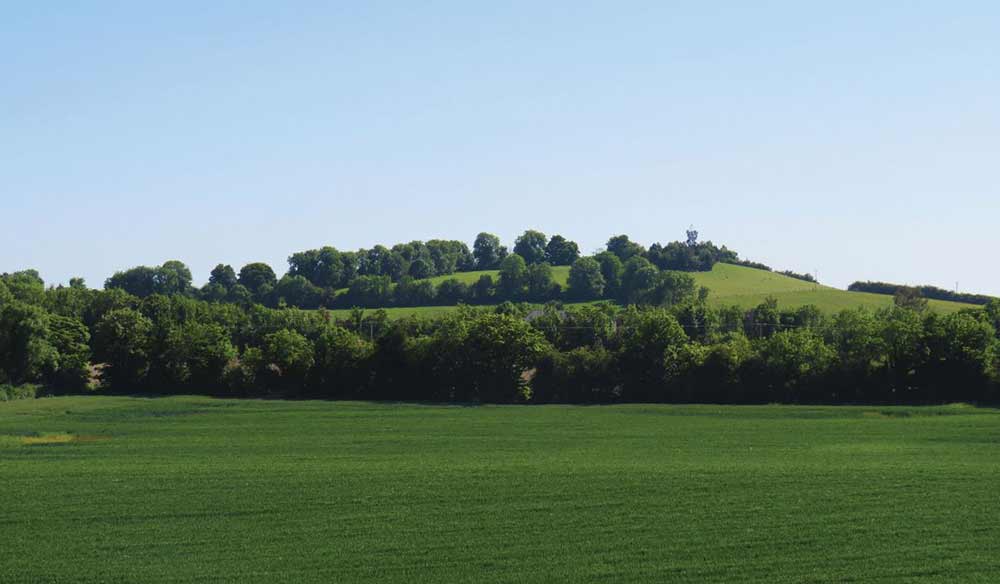
Gigantic Neolithic enclosure discovered around Meath hill where Niall of the Nine Hostages is reputedly buried
Very significant archaeological discoveries have been made at Faughan Hill, County Meath, over the past decade. The hill is reputed to be the burial place of famous Irish high king Niall of the Nine Hostages. However, long before he existed a gigantic fenced enclosure measuring 250m in diameter was constructed in the Middle Neolithic (3635–3380 cal BC) and later, in the Late Bronze Age, an even bigger 400m-diameter multivallate enclosure was constructed encircling the hill.
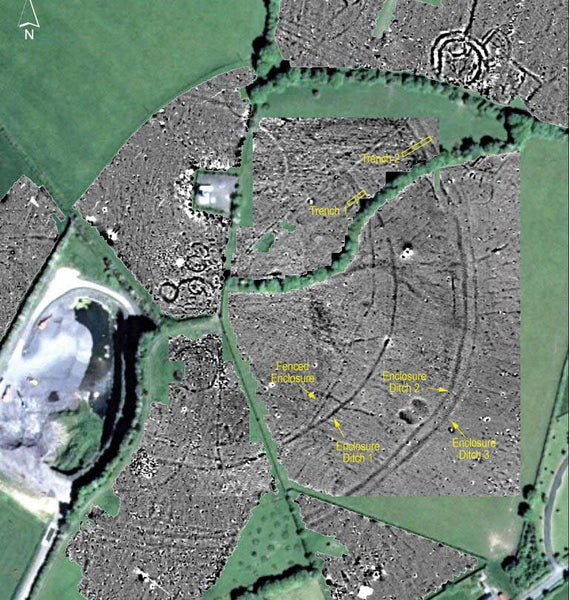
(Of interest to Mythical Ireland followers is that Faughan Hill is situated just 1.2 miles /1.93km northwest of the forge of Tom King/An Gobha at Bohermeen).
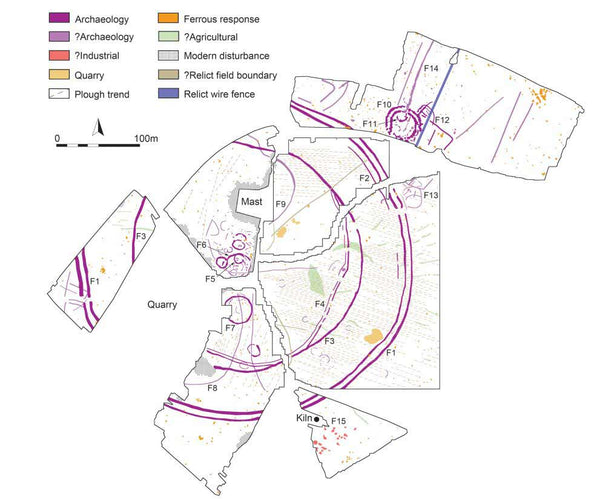
An important paper by Ger Dowling & Roseanne Schot on the excavations at Faughan Hill (part of the Tara Project) has recently been published in the open-access Proceedings of the Prehistoric Society.
The discovery of a major archaeological complex at Faughan Hill, County Meath, was first reported on in the Proceedings of the Prehistoric Society in 2015. Comprising a series of large hilltop enclosures, probable burial sites, and associated features, the character and scale of the complex marked this out as an important focal centre in a region populated with some of Ireland’s largest and most spectacular monument ensembles, not least at the Hill of Tara, 15 km to the south-east.
A more complete picture of the site has since been revealed through further geophysical survey followed by test excavations by the Discovery Programme’s Tara Research Project. Two trenches excavated across the hilltop enclosures in 2017 yielded evidence of four discrete phases of activity spanning some 3000 years, from the mid-4th to mid-1st millennia BC. During the Middle Neolithic the hilltop was encircled by a fenced enclosure (3635–3380 cal BC) possibly associated with the production of stone tools. At 250 m in projected diameter it is one of the largest enclosures of the 4th millennium known in Ireland.

Faughan Hill imaged by satellite as shown in Google Earth.
This was superseded in the Late Bronze Age by a far more substantial, 400 m diameter multivallate enclosure (1280–920 cal BC) representing the only excavated hillfort of its type in Meath. The hill was the focus of renewed activity during the Early Iron Age (800–520 cal BC) and later became central to the political ambitions of aspiring, early Uí Néill kings of Tara, achieving particular reknown as the burial place of their eponymous ancestor, Niall of the Nine Hostages. Developments at Faughan are illuminated further by a wealth of prehistoric settlement and ritual sites in the surrounding area, as well as early documentary sources, and, collectively, speak to a regional centre and gathering place with long-lived social, symbolic, and political significance.
PLEASE NOTE THAT FAUGHAN HILL IS PRIVATELY-OWNED LAND AND NOT OPEN TO VISITORS AND MEMBERS OF THE PUBLIC.
Some folklore about Faughan Hill from the Schools Folklore Collection
From the schools collection, Bohermeen School, Co. Meath:
Faughan hill is situated about a half a mile from this school. It was owned by two brothers, who, to divide it equally, planted two woods one in the shape of a harp and the other in the shape of a fiddle leaving the centre gap as it is to the present day.
In a family dispute the brothers fought and killed one another in this division between the woods.
From that time on this place is said to be unlucky.
If a person got a cold there it will develop into consumption and a fall will have more serious results than a similar fall in another place.
Once upon a time there was a hunt and a man who was following it on foot was jumping out of one of the woods on to this spot and he dropped dead.
There is also a fairy pass in Faughan hill. A long time ago a man was taken from this place by the fairies. One very bright night his friend went to the hill and watched the pass between the woods.
When he reached it he saw a hoot of fairies advancing towards him. They were all riding very small horses and to his great surprise who was riding on the last white horse his friend who was stolen. He struck him with a hazel rod and the man fell off his horse safe and sound and the fairies went galloping on.

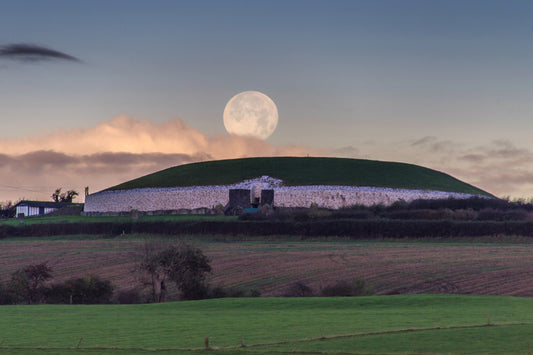
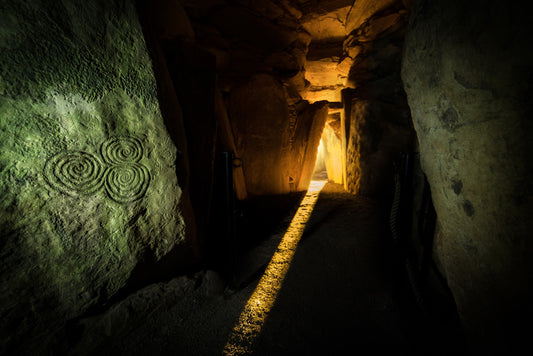
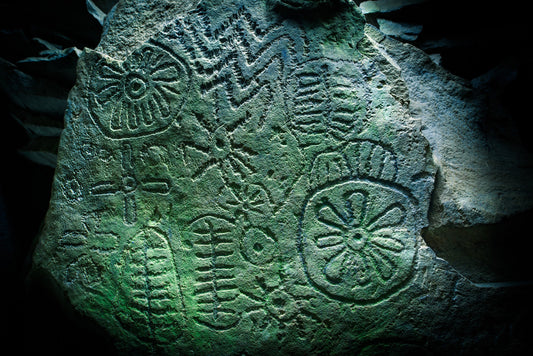
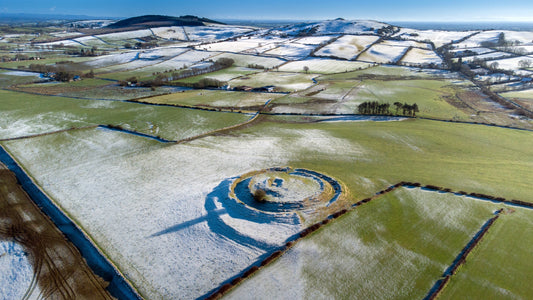

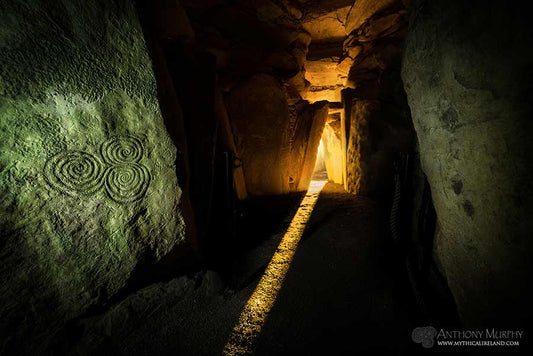
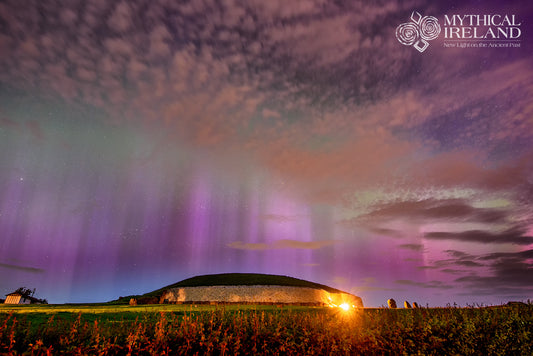
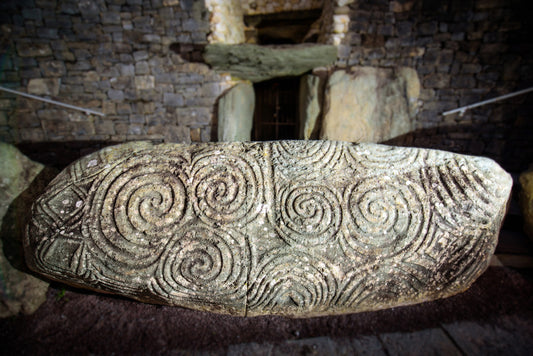
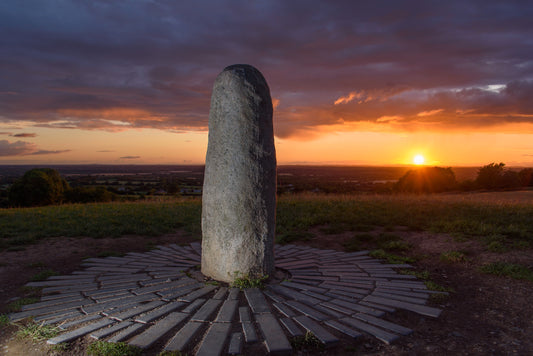
4 comments
Thank you for your commentary and information.
This is is privately owned land.
He is my past Grandfather King Niall. (O’Neill)
Thats great news about the discoveries at Faughan Hill and it will help our understanding of our pre-history.